Early treatment to help children live in dignity
Humanity & Inclusion (HI) is marking World Clubfoot Day on 3 June by highlighting the importance of early treatment. By care managing clubfoot in the weeks immediately after a child’s birth, we can prevent them from growing up with a disability.

Hope was born with club feet, with her two feet turned completely inwards. | © Patrick Meinhardt / HI
Clubfoot is the malformation of one or both feet and is visible from birth. If left untreated the foot never regains its normal position, with serious consequences for the child. They can never wear shoes, risk injury, and find it difficult to move around, especially over long distances. Because the child cannot take part in activities with other children, they also risk being excluded and stigmatised.
“We can prevent this bleak outcome," says Uta Prehl, one of HI’s rehabilitation specialists. “But we must detect this malformation as soon as possible after birth. It’s one of the keys to successful treatment. The child can then be treated effectively, and the malformation corrected, and within months they can walk normally. Social workers also play an important role in the care cycle by working with parents to ensure they continue the treatment. If children are not followed up correctly and regularly, the malformation may not be properly corrected. So, it’s crucial to give caregivers as much information as possible.”
The treatment involves placing a cast on the child’s leg to steadily correct the foot. The cast is replaced every week for six weeks. The tendons are sometimes operated on before the final cast. HI's partner organisations then fit an orthopaedic brace consisting of a bar connecting two small shoes. This keeps the clubfoot turned outwards. The brace must be worn permanently for the first four months and regularly adjusted to appropriately correct the malformation. The child’s feet are checked until they can walk. At this stage, our partners do an X-ray examination. The orthopaedic brace and shoes are normally removed between the ages of three and four. The child is then followed up at regular intervals. They continue to attend consultations until they stop growing to prevent the malformation from returning.
For several years, HI has trained physiotherapists in a number of countries to promote the early detection and appropriate care management of clubfoot.
We continue to run these projects today, particularly in Burkina Faso and Sri Lanka, so children born with these malformations grow up without disabilities.





